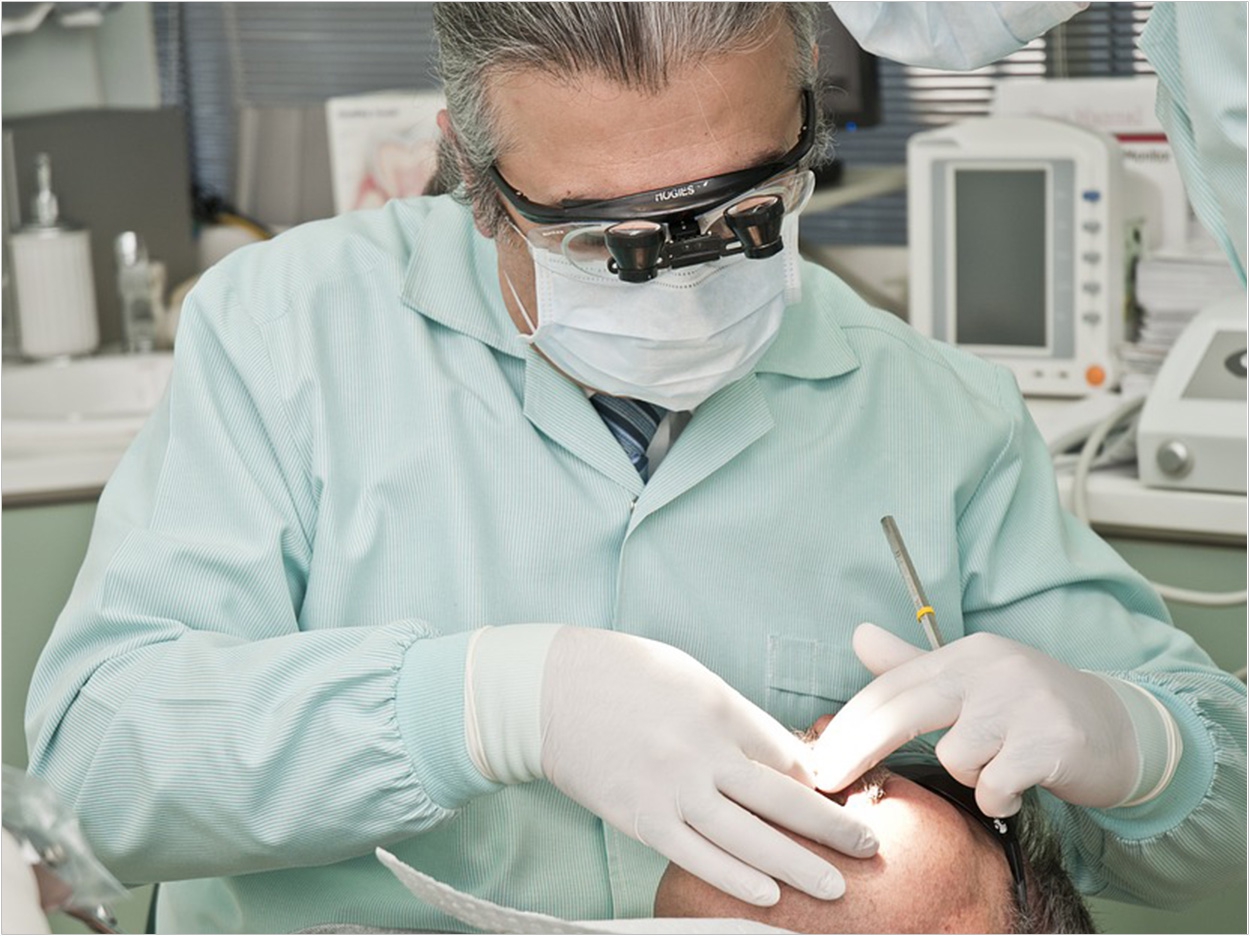
In its State of the Dental Industry Report 2021, Vyne polled more than 400 dental practices in the United States to understand how they transformed in 2020 as well as their perspectives as they had into the new year. The November and December survey focused on the impact of 2020, hiring and the economy, technology, industry, and overall practice outlook.
For example, dental practices faced significant challenges in 2020 due to COVID-19. The greatest impact of the pandemic on dental practices was financials (42%), followed by patient volume (32%). Also, 47% of respondents had to shift their investment priorities in 2020.
Also, 72% of dental practices surveyed did not offer teledentistry in 2020, though 23% are considering teledentistry in 2021, and 62% said they would not offer the service this year.
When it comes to providing care, 30% of practice leaders said their patients are actively seeking treatment or services, 21% said patients are ready to resume treatment or services, 56% said patients are willing to resume if safety protocols are in place, and 8% of patients won’t resume treatment or services until a COVID-19 vaccine is available.
As a result of the pandemic, 8% of practice leaders may consider selling in 2021, 4% may consider a DSO affiliation, and 3% may consider merging with another practice. Just under 1% are considering a local hospital or health system affiliation.
Also, 84% of practices are considering “other” changes in 2021, including dropping in-network status with all insurance providers, expanding their services portfolio, and offering in-house patient payment plans.
Based on current economic conditions and patient demand, 46% of practices are not planning to hire additional staff in 2021. Practices also aren’t planning to adjust current staffers’ schedules. Also based on current conditions, 87% are not planning to turn part-time staff into full-time staff, or vice versa.
Responses were split on whether recruitment may be challenging for practices in 2021, with 48% saying they felt it would be challenging, and 51% saying they did not think it would be challenging.
When asked if their practice planned to invest in practice management technology in 2021, 17% said they likely would, 65% said it was unlikely, and 17% were unsure. When it comes to software investment in 2021, 24% are planning to spend less than $299 a month, 11% plan to spend less than $500 a month, and almost 40% weren’t sure what their practice planned to invest. The top three motivators for seeking new software in 2021 were to reduce paperwork (16%), modernizing the office (14%), and lower costs of current software solutions (13%).
To navigate changes within their practice and the industry, 43% look to the ADA for guidance, 29% look to their local or state dental association, and 13% read industry publications. Practices also said their preferred method of communication with patients in 2021 will be text message (53%), followed by email at 24% and phone at 19%.
Patient volume was the top challenge practices anticipate for 2021, at 44%, with hiring and staffing at 19% and industry updates and regulations at 17% in second and third place. When asked what could make their practices more productive or profitable, 38% said marketing, 31% said less coding or industry changes would help, and 26% said technology adoption.
Finally, 86% of practice leaders are confident (35%) or very confident (51%) in their practice’s future, while 13% were somewhat confident or neutral about their practice’s outlook.
“The Vyne State of the Dental Industry Report 2021 was designed to gain perspectives from the industry that tell a story about what practices have gone through in 2020 and how they are feeling going into 2021,” said Steve Roberts, president of Vyne Dental.
“These insights are not only valuable to Vyne Dental as we look to improve how we support practices in revenue cycle success, but also to the industry as we work to improve dental practices and facilitate better patient care,” said Roberts.
Related Articles
Maximize Remote Working Productivity in Your Dental Practice
How to Care for Patients and Get Paid After They’ve Been in an Accident
10 Common Mistakes Dental Practices Make and How to Fix Them












